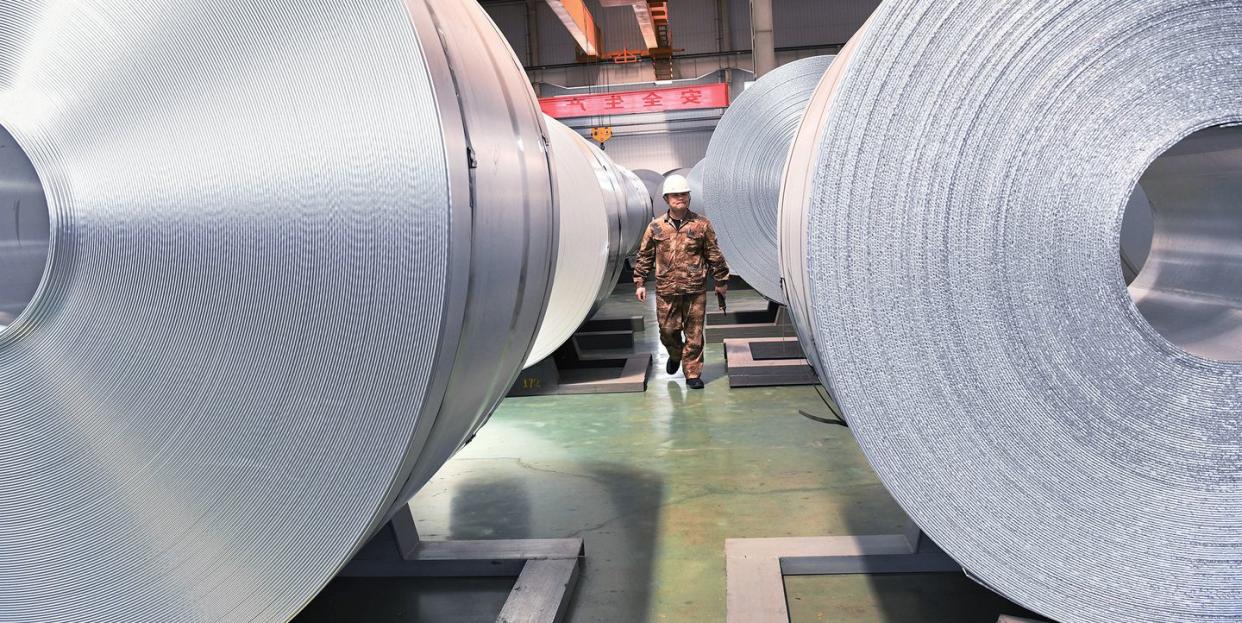How Trade and Tariff Policies Could Affect Your New-Car Purchase in 2019

As the year ends with the world mired in political turmoil and uncertainty about the economy, you would be forgiven for wondering, 'Is this a good time to start thinking about buying a new car, or will steel and aluminum tariffs mean prices are going to be out of reach for me soon?' The answer is not definitive-we'll show you why-but a little background on how we got here might help give perspective. (See our timeline for even more to think about.)
In 2011, when President Obama announced a plan to raise the fleet-average fuel-economy standards to 54.5 mpg by 2025, automakers signed on largely without complaint. In 2018, President Trump rolled back those targets and introduced a rash of drastic trade policies intended to help the American manufacturing sector, and now industry executives are balking. What gives?
In a word: uncertainty. Trump has been eager to create or overturn policies by executive order, which Congress has little ability to limit. But his decisions and indecisions have rattled the auto industry. Tariffs on imported steel and aluminum, tariffs on Chinese imports, and possibly even more tariffs on imported cars have turned executives into squawk boxes. Ford yowled that metal tariffs had cost the company $1 billion in profits; Honda complained that they brought hundreds of millions of dollars in new costs; and, in opposing the Trump administration's proposed fuel-economy standards, General Motors jabbed that "we can do better."
"When we have costs not incurred by competitors that produce similar vehicles abroad, we find ourselves in a position of being potentially less competitive," says Paul D. Ryan, vice president of trade at industry-lobbying group Global Automakers (not to be confused with the Wisconsin congressman).
According to Ryan, some domestic mills hiked prices by up to 50 percent in response to the 25 percent tariff on steel, implemented under Section 232 of the Trade Expansion Act of 1962. In October, index prices for hot-rolled steel-a material widely used in manufacturing-increased by more than 40 percent compared with the previous year, to more than $830 per ton, a roughly $100 premium over imported steel, according to American Metal Market.
In April, aluminum prices rose when the U.S. imposed sanctions on Russian oligarch Oleg Deripaska and his companies, one of which is Rusal, the world's second-largest aluminum producer. Prices on the London Metal Exchange spiked above $2600 per ton, a 27 percent year-over-year increase. Prices aren't going up just because trade policies make metals costlier to buy. With foreign metals more expensive, American companies can raise prices without the risk of being undercut by cheaper products from abroad.
The U.S. imported 5.5 million tons of raw aluminum in 2017, according to Doug Hilderhoff of industrial consultancy CRU Group. Domestic production totaled 740,000 tons. Aluminum production requires significant amounts of electricity, but electricity costs in the U.S. are high compared with those in China and that's preventing any surge in domestic aluminum production, Hilderhoff says. Add in declining vehicle sales and the renegotiated North American Free Trade Agreement, now called the United States-Mexico-Canada Agreement, which revises origin requirements on car parts and requires higher minimum wages for a percentage of workers, and it's no wonder automakers feel threatened. But the administration's policies have not been all bad for U.S. automakers.
Compared with 2017, profits were down for Ford, GM, and Fiat Chrysler in the third quarter, but Trump's tax breaks, which cut the top corporate rate from 35 to 21 percent, have helped the Big Three, even if the costs incurred by new tariffs have wiped out these savings. A booming economy growing at 3.5 percent, increased consumer spending, and low unemployment are helping, too. Even though material costs surged, prices for commodities such as steel and aluminum have always been volatile, and they're now falling fairly quickly, as they did after previous surges, like during the recession. As of November, futures contracts for steel on the Chicago Mercantile Exchange had dropped below $750 per ton, and aluminum spot prices were trading at their lowest since August 2017.
"It's easy to say Section 232 tariffs caused a price jump for aluminum," Hilderhoff says. "It was true for a little while, but other factors took over."

Ultimately, automakers have some legitimate beefs with the government. Under President Obama, when Democrats controlled both houses of Congress and GM and Chrysler were working through their bankruptcies, automakers conceded to costly regulations and energy policies. Now those rules are changing quickly, and automakers, locked into long-term contracts and product-planning cycles, can't pivot fast enough.
But unpredictable trade policies aren't the only problems facing manufacturers. The car market is oversaturated, and executives worry they won't be able to top 2016's record 17.6 million sales. Also, they're still struggling to build credible Tesla fighters, and their new "mobility" divisions aren't making money. Shifting blame to metal markets helps automakers appease shareholders in the short term, but it's hard to predict what the long-term impact of these policies will be. If you're concerned that Detroit is suffering, though, there's one surefire way to help: Go ahead and buy that $60,000 pickup.
('You Might Also Like',)

